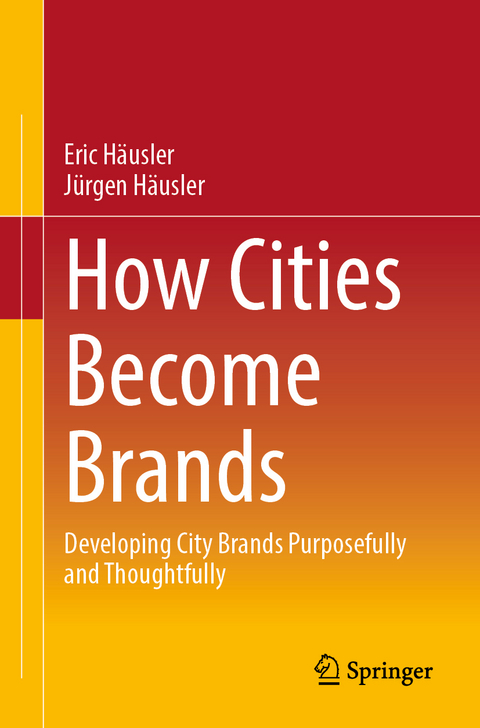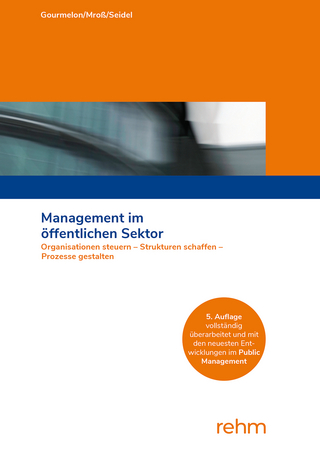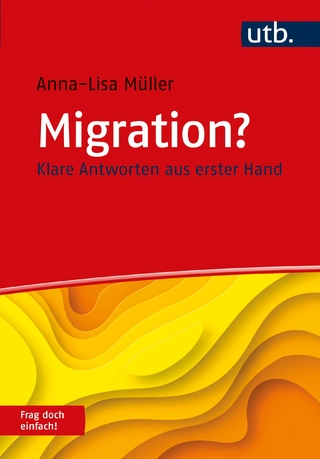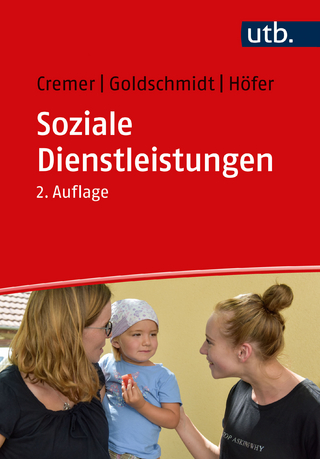How Cities Become Brands
Springer Fachmedien Wiesbaden GmbH (Verlag)
978-3-658-43775-6 (ISBN)
The translation was done with the help of artificial intelligence. A subsequent human revision was done primarily in terms of content.
nal criticism and self-doubts?City images emerge from complex and random processes. In global urban competition, this process is enriched with brand making achievements. Success isn't guaranteed, depending on discussed conditions. Lastly, rules for effective city branding are outlined.nal criticism and self-doubts?City images emerge from complex and random processes. In global urban competition, this process is enriched with brand making achievements. Success isn't guaranteed, depending on discussed conditions. Lastly, rules foreffective city branding are outlined.nal criticism and self-doubts?City images emerge from complex and random processes. In global urban competition, this process is enriched with brand making achievements. Success isn't guaranteed, depending on discussed conditions. Lastly, rules for effective city branding are outlined.nal criticism and self-doubts?City images emerge from complex and random processes. In global urban competition, this process is enriched with brand making achievements. Success isn't guaranteed, depending on discussed conditions. Lastly, rules for effective city branding are outlined.nal criticism and self-doubts?City images emerge from complex and random processes. In global urban competition, this process is enriched with brand making achievements. Success isn't guaranteed, depending on discussed conditions. Lastly, rules for effective city branding are outlined.nal criticism and self-doubts?City images emergefrom complex and random processes. In global urban competition, this process is enriched with brand making achievements. Success isn't guaranteed, depending on discussed conditions. Lastly, rules for effective city branding are outlined.nal criticism and self-doubts?City images emerge from complex and random processes. In global urban competition, this process is enriched with brand making achievements. Success isn't guaranteed, depending on discussed conditions. Lastly, rules for effective city branding are outlined.City images emerge from complex and random processes. In global urban competition, this process is enriched with brand making achievements. Success isn't guaranteed, depending on discussed conditions. Lastly, rules for effective city branding are outlined.City images emerge from complex and random processes. In global urban competition, this process is enriched with brand making achievements. Success isn't guaranteed, depending on discussedcond
Eric Häusler is a historian with a keen interest in social science concepts. Currently, he is conducting a habilitation project on urbanization processes in Tokyo, New York, and Zurich in the 1960s. Extended research stays have taken him to Sophia University in Tokyo and presently to The New School and New York University in New York City. His most recent publication is his dissertation titled "Ökonomisches Scheitern. Solidarische Praktiken in Bern 1750-1900" (published by transcript Verlag).
Area of influence: Design.- Area of influence: Material purchasing.- Area of influence: Materials.- Area of influence: Production before heat treatment.- Area of influence: Heat treatment.- Area of influence: Production after heat treatment.- Area of influence: Operating conditions.
| Erscheinungsdatum | 30.03.2024 |
|---|---|
| Zusatzinfo | IX, 226 p. 8 illus., 7 illus. in color. |
| Verlagsort | Wiesbaden |
| Sprache | englisch |
| Maße | 155 x 235 mm |
| Themenwelt | Recht / Steuern ► Öffentliches Recht |
| Sozialwissenschaften ► Politik / Verwaltung ► Staat / Verwaltung | |
| Schlagworte | City brand development • City branding • City brands and city marketing • City of the Future and City History • City Storytelling • city tourism • Municipal economic development • Urban Myth • Urban policy and urban development • Venice, Paris, London, New York, Berlin, Rom, Tokio, Ulm |
| ISBN-10 | 3-658-43775-8 / 3658437758 |
| ISBN-13 | 978-3-658-43775-6 / 9783658437756 |
| Zustand | Neuware |
| Informationen gemäß Produktsicherheitsverordnung (GPSR) | |
| Haben Sie eine Frage zum Produkt? |
aus dem Bereich




